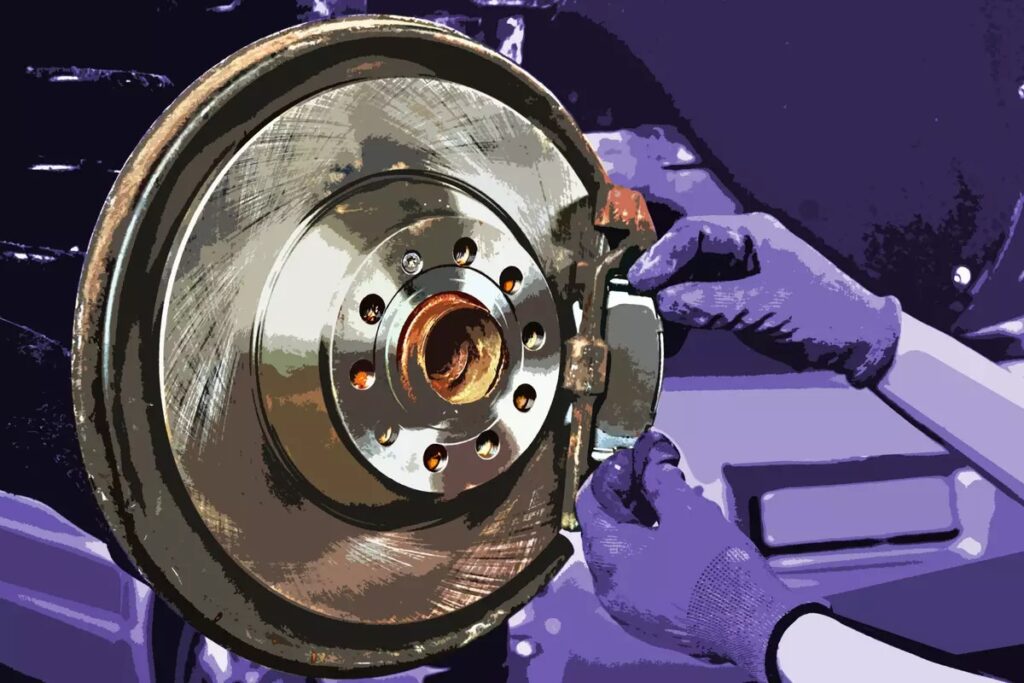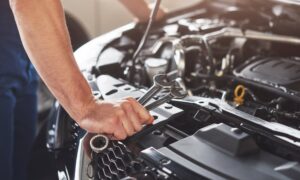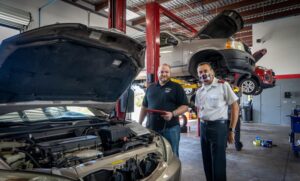
Maintaining a healthful and reliable bus is crucial for security, convenience, and cost-influence. Knowing when to schedule a visit to an auto repair shop is full of enthusiastic steps that can prevent narrow issues from escalating into important and costly repairs.
This guide determines a comprehensive survey of various sketches prompting a visit to a machinist, highlighting the importance of safeguard maintenance and the potential results of ignoring warning signs.
Recognizing the Early Warning Signs: Beyond the Dashboard Lights
Many operators are familiar with the dashboard warning lights, but these are frequently the last indicators of a question. Proactive maintenance focuses on identifying subtle signs that precede more weighty issues.
· Unusual Noises:
A grinding sound from the brakes, a knocking sound from the instrument, or a squealing noise from the tires are all potential signs of wear and tear. Don’t overlook these sounds; they could signal a need for next attention.
For instance, a determined knocking sound during dispatch might suggest a failing tool mount, while a screaming noise when braking keeps indicating used brake pads or rotors.
· Changes in Performance:
A noticeable decrease in fuel adeptness, sluggish spurring, or difficulty offsetting the vehicle could indicate internal issues. A slow decrease in gas rate, for example, power suggests a leak in the fuel arrangement or a problem accompanying the engine’s explosion process. Similarly, a hesitation in acceleration may be a sign of a failing fuel injector or a clogged air percolate.
· Leaks and Drips:
Fluid leaks, whether lubricate, coolant, or power-guiding fluid, should never be discounted. These can lead to meaningful engine damage or material hazards. A small oil leak, for instance, might originally seem meaningless but can quickly increase to a more serious question if left neglected.
· Vibrations and Shaking:
Excessive vibrations or trembling, especially at higher speeds, keep signal problems accompanying the engine mounts, broadcast, or even the wheels. Uneven tire wear or misalignment can likewise contribute to quiverings, making it crucial to have these examined.
The Importance of Preventative Maintenance: Proactive vs. Reactive Repair
Regular maintenance not only offers the life of your boat but also helps label potential issues early.
· Scheduled Maintenance:
Following the manufacturer’s urged maintenance schedule is vital. You can also get help from a European auto repair shop in Indian Trail, NC.
· Tire Pressure and Alignment:
Proper exhaust pressure and alignment detract from fuel efficiency and safe driving. Regular checks and adjustments can bar premature exhaust wear and maintain guiding stability.
· Coolant and Fluid Checks:
Regular checks of coolant levels and additional fluids, along with top boosts as needed, can halt overheating and other mechanical questions.
Conclusion
A full enthusiastic approach, coupled with normal scheduled sustenance and prompt attention to warning signs, guarantees your vehicle remains a secure and reliable fad of transportation.
Don’t waver to consult a limited mechanic for some concerns about your vehicle’s accomplishment or operation.





